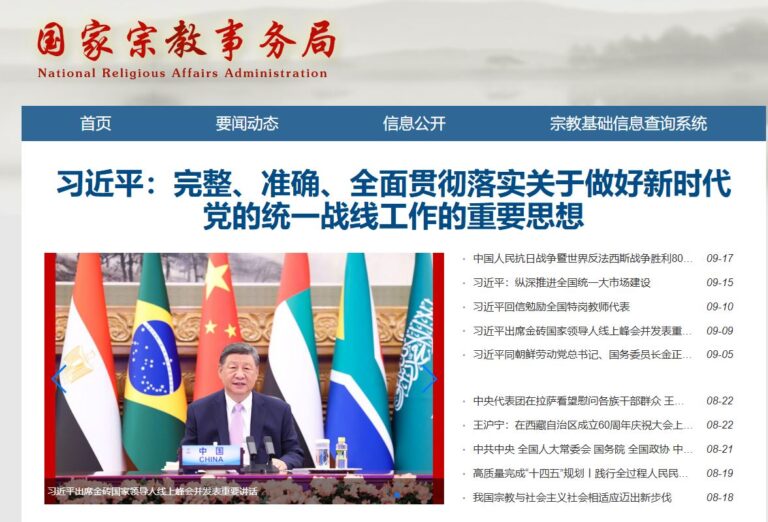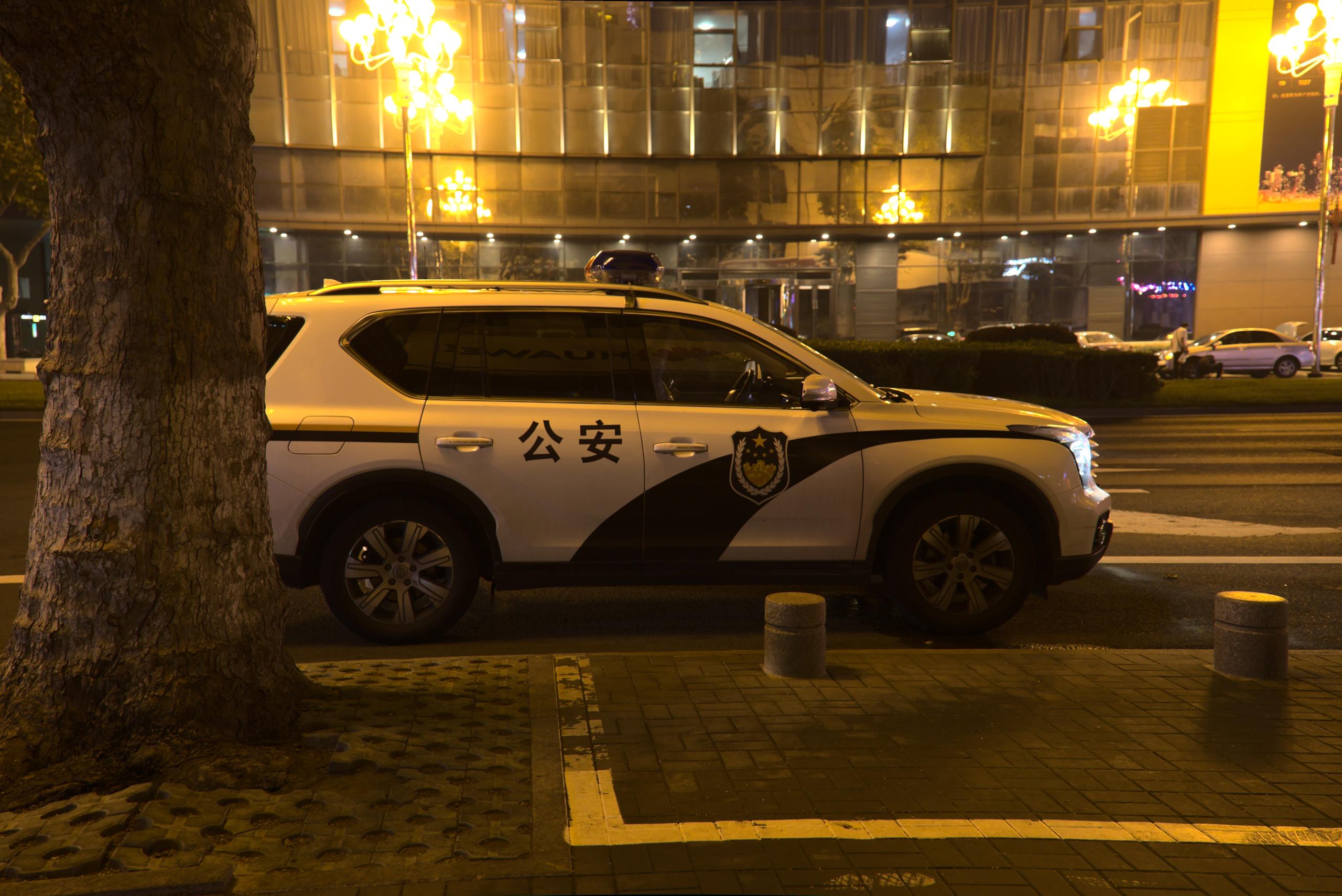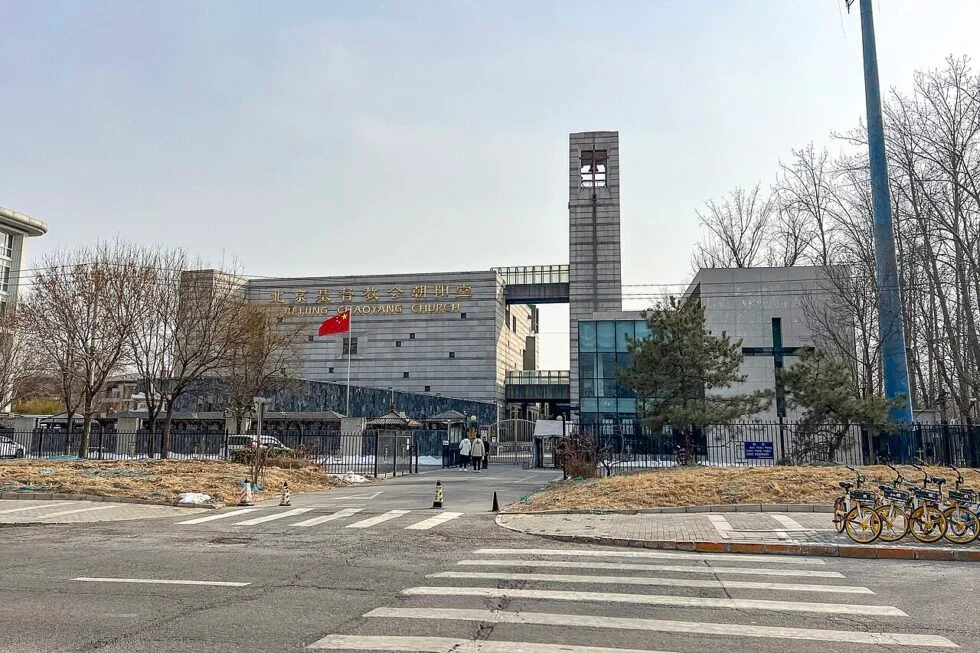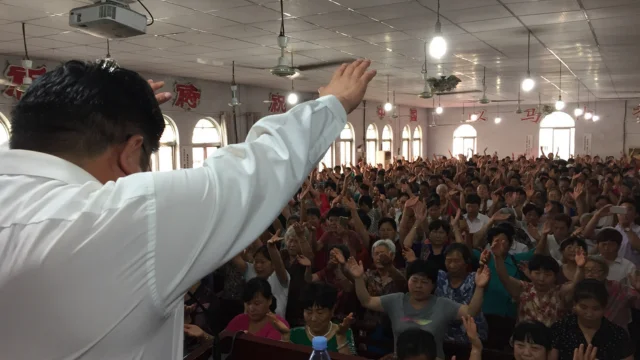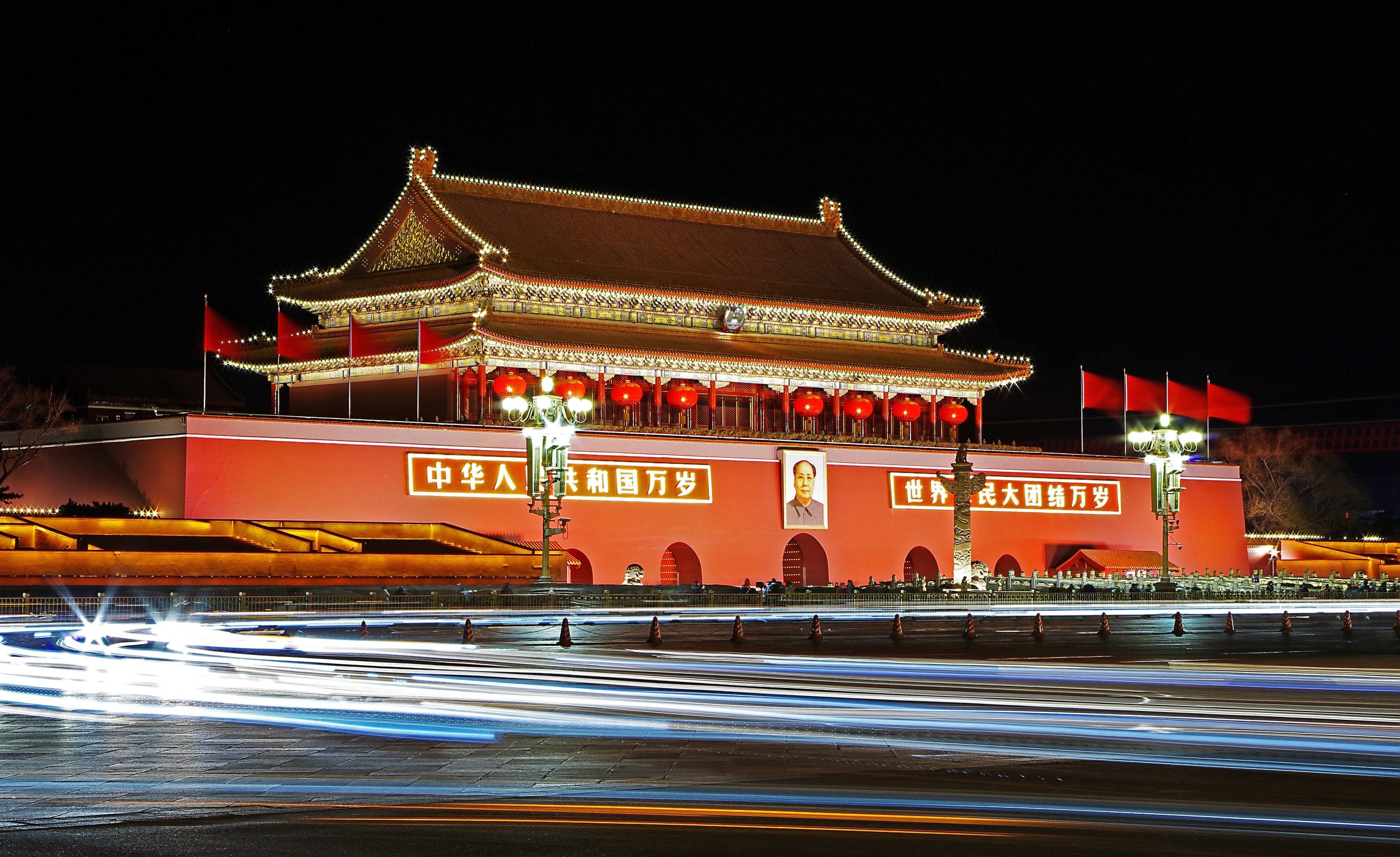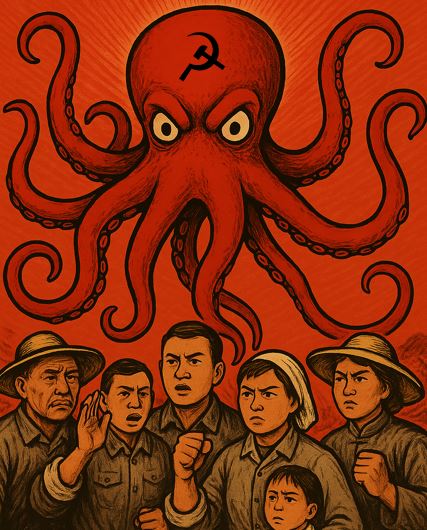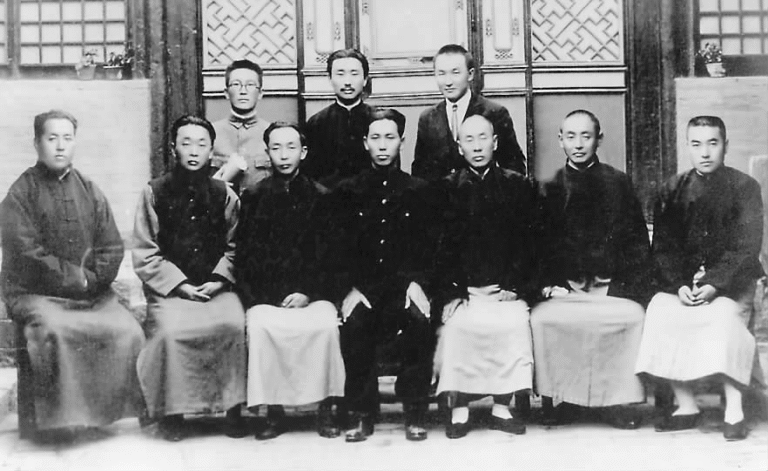The 2023–27 Five-Year Plan for Sinicizing Chinese Buddhism is reaching the end of its first two-and-a-half-year period. An event in Beijing discussed its results so far.
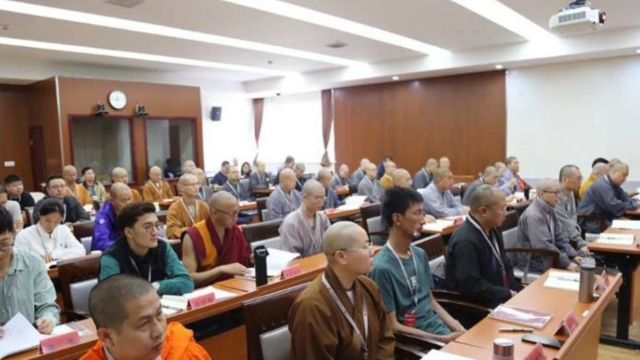
We are in the middle of the Five-Year Plan for the Sinicization of Buddhism in China, from 2023 to 2027. Last month, the progress of the Plan was discussed at a “Special training course on adhering to the direction of Sinicization of Buddhism in China,” jointly organized by the China Buddhist Association and the Central Academy of Socialism on April 21. Forty-seven full-time senior teachers from forty-four Buddhist colleges convened at Beijing’s Central Academy of Socialism to participate in the discussion.
The event offered an excellent point of observation to understand what the CCP and the government-controlled China Buddhist Association mean by “Sinicization of Buddhism.” It cannot mean adapting Buddhism to Chinese culture, which was already done during the early Middle Ages. As it happens with other religions, “Sinicization” is defined in the Five-Year Plan for Buddhists as adapting Buddhism to the “socialist core values,” the “socialist society,” and, of course, “Xi Jinping Thought on Socialism with Chinese Characteristics for a New Era.”
Indeed, some now doubt that “Sinicization” is an appropriate label for what is proposed, which is making religion not more Chinese but more subservient to the Party and its ideology. However, the CCP and the United Front continue to use this term.
At the Beijing event, we heard that the Five-Year Plan is being implemented by creating “simple and easy-to-understand language” materials to “guide the broad masses of religious believers to consciously promote and practice the socialist core values.” A session was devoted to studying this key passage of the Plan: “Enhance political identity more consciously and firmly. Support the CCP, support the socialist system, adhere to the path of socialism with Chinese characteristics, study, think and practice Xi Jinping Thought on Socialism with Chinese Characteristics for a New Era, deepen political, ideological, theoretical and emotional identification with the Party and the country, and always be of one mind with the Party in thought, one heart and one direction with the Party in goals, and one action with the Party in behavior.”
Trainees were told that the tool to realize these aims is to switch from other forms of Buddhism to “humanistic Buddhism,” a meaningful label in international Buddhist circles hijacked to serve as a synonym of “Sinicized” Buddhism.
The training course had good participation from Tibetan monks who support the Beijing regime. For this reason, another part of the Five-Year Plan that was emphasized was the one calling for “implementing the ‘Regulations on the Management of the Reincarnation of Living Buddhas in Tibetan Buddhism,’” i.e., the paradoxical rules that make an atheistic regime the arbiter of which lamas are authorized to reincarnate and how. Trainees were reminded that the Plan mandates to “resolutely maintain and demonstrate the authority of the central government in the work of the reincarnation of Living Buddhas in Tibetan Buddhism.”
Source: Bitter Winter




